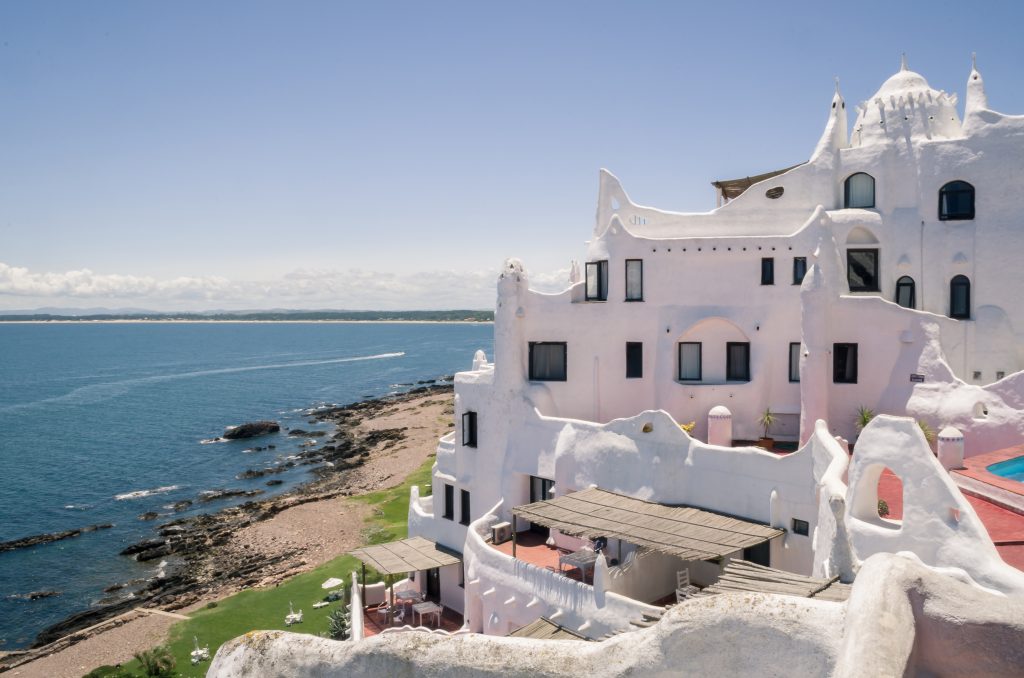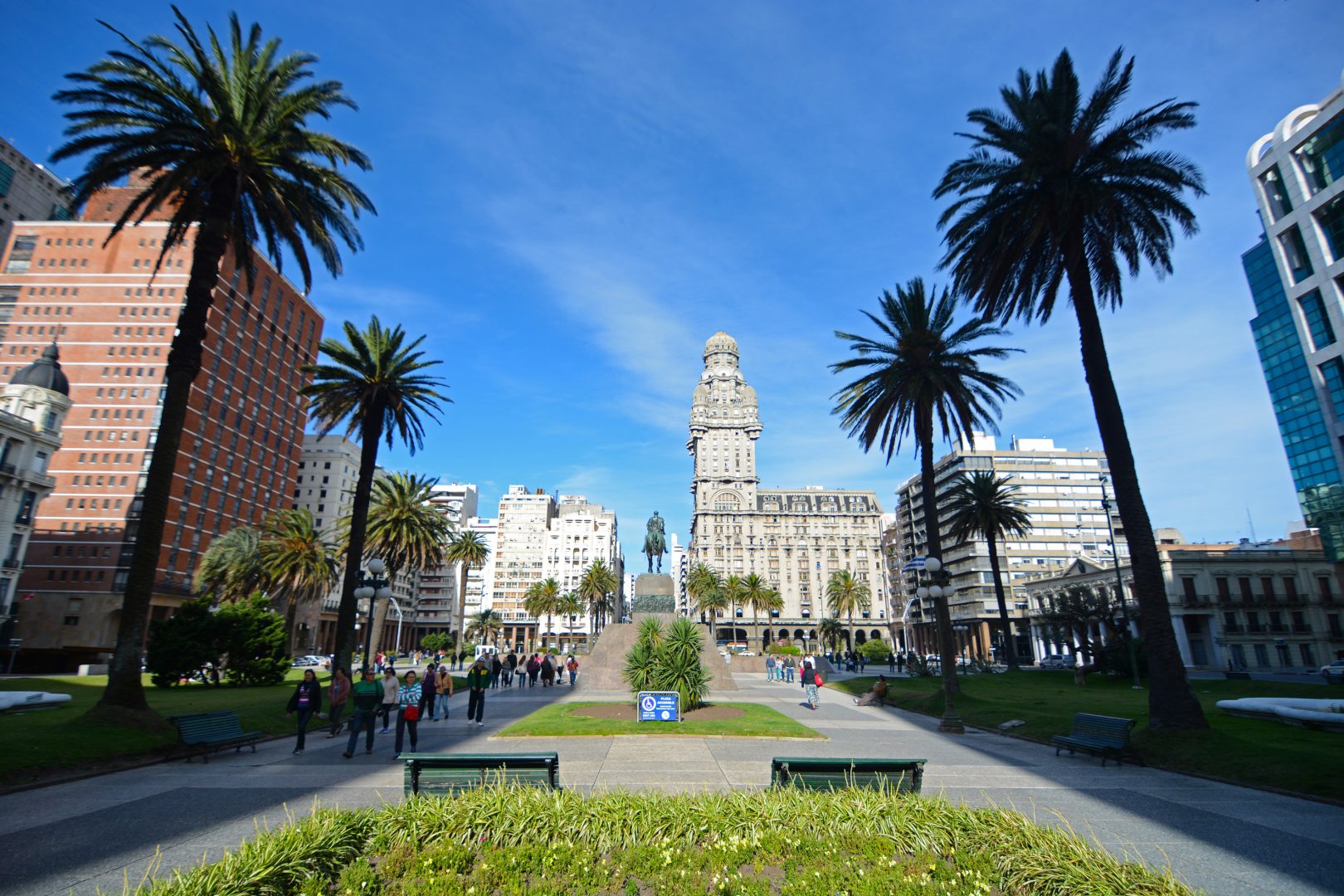The History of Uruguay
Renowned for its impressively high standards of education, welfare and healthcare, not to mention its progressive laws, Uruguay has traditionally been more flourishing than most other Latin American nations. Aside from a stint of political instability in the 1970s, Uruguay has also been one of the more stable countries. The lack of major prime resources (gold and silver were never found here) meant that Uruguay flew under the colonial conquest radar for much of its existence. The lack of major and world-renowned highlights also means Uruguay has flown under the international tourism radar as well.
For those who’ve visited or have been recommended to visit, however, Uruguay offers an exceptionally authentic South America travel experience. What the country lacks in ‘big name attractions’ more than makes up for in stunning nature, a laid-back vibe, great beachside resort towns and a year-round idyllic climate that makes touring an absolute pleasure.
How did Uruguay become such a pleasant, quiet and rewarding country to visit?
Let’s take a look.

Unassuming Beginnings
A tribe of Charrua Indians, driven south by the fierce Guarani of Paraguay, comprised the only pre-Colombian population in Uruguay. Although their number was quite conservative, the Charruas nevertheless put up a formidable resistance against Spanish invaders when they first arrived in 1516. Yet since the wannabe-conquerors ascertained that the land was not profitable and contained none of the precious metals they had unearthed elsewhere, they delayed their colonization plans for almost an entire century. The Spanish eventually introduced cattle to Uruguay instead, spearheading what would become the most prosperous and renowned industry of all here. It is for this reason that Uruguay is nowadays revered for offering some of the most authentic estancia stays in the whole continent – one of the top 10 most surprising things to do in South America.
Yet Uruguay’s prime location, as a bonafide ‘no man’s land’ between Argentina and Brazil at the time, would prove to be the biggest enticement for attention. As both Spain and Portugal‘s respective imperial sights grew wider, Uruguay was seen as the strategic go-between. Spain’s eventual swift colonization of the country, including the building of striking Montevideo in the 1700s as a military base, was primarily driven by the desire to keep Portugal from expanding its Brazilian colony. Eventually, however, the city’s glorious port became a prominent commercial hub and its proximity to Buenos Aires made it a worthy economic competitor, as is evident by the outstanding architecture the city showcases. Uruguay’s capital may be small and less-known than Buenos Aires but it is by no means less enticing.

Struggles, Tug-o-Wars, and Eventual Liberation
Caught in the middle of ongoing squabbles between Spain, Portugal and Great Britain, Uruguay suffered throughout the end of the 18th century as the mighty European powers fought to gain control over the entire region which now comprises Brazil, Argentina and Uruguay. A fervent revolt in 1811, led by Uruguay’s national hero (Jose Gervasio Artigas) resulted in a Uruguay-Argentina coalition, one which was temporarily fractured by Brazil when it annexed Uruguay in 1821. Yet with the help of additional Argentinian forces, however, Uruguay managed to defeat Brazil in 1825 and finally achieved its much-desired independence.
The 19th century continued to bring neighbourhood disputes in the region due primarily to political clashes as well as internal revolts by the indigenous inhabitants. Yet the economic affluence brought on by the new cattle industry also enticed a wave of European immigrants to settle in Uruguay and they, in turn, introduced extensive agriculture and sheep farming which would cement the country’s role as the true breadbasket of the region.
20th Century – A Progressive Nation in the Making
Uruguay’s President Jose Batlle y Ordonez, who ruled Uruguay twice before the start of WWI in Europe, created the continent’s first welfare state and introduced widespread reforms that would see Uruguay become one of the most progressive nations in the continent. His successors continued along this line (for the most part) and Uruguay is now regarded not only as the most avant-garde nation in Latin America, but one of the most progressive in the world. The New York Times even named it a quiet democratic miracle.

Military Dictatorship – Uruguay’s Darkest Chapter
Uruguay remained neutral during the Second World War yet it couldn’t remain immune to the international economic depression that soon followed. As prices for its much-admired wool fell drastically, the country was itself plunged into financial hardship, leading to the rise of a socialist guerrilla movement, the Tupamaros. The complex consequences of the guerrilla movement (which included the kidnapping of the then British Ambassador) resulted in a military coup in 1973, and the new instated military dictatorship would see the country face its darkest historic period yet.
Uruguay suffered under this brutal rule for just over a decade and, at one point, was voted the country with the highest number of political prisoners per capita and dubbed ‘The Torture Chamber of Latin America’. Much as in Argentina and Chile, Uruguay also suffered the loss of thousands of ‘disappeared’ citizens. Despite democracy being eventually reinstated in the mid-1980s, it would take until the turn of the new millennium before the country once again found its economic footing and political stability. Today, the country is in the process of arresting and sentencing leaders which were instrumental in the 1973 military coup and subsequent human rights violations.
Uruguay Today – Stronger Than Ever
With a strong collective social conscientiousness, ample individual rights and policies which are inclusive and immensely tolerant, Uruguay is indeed considered one of the world’s most ethical and environmentally-friendly nations. As the country continues to implement incredible environmental policies it has reached impressive levels of sustainability: today, almost 95% of Uruguay’s energy today comes from renewable sources.
Socially, the country is also to be admired. Same-sex marriage, legalized in 2013, is one of the many ways the country upholds LBGTQ rights and the country in general is very receptive to the public voice. Protests and strikes are not uncommon in Uruguay and are usually driven by a perceived unfairness for minorities (women or the less-affluent, for example) but, in this country, the protests actually lead to lasting reforms.
A splendid country with ease-of-access from Buenos Aires, charming colonial towns, glitzy seaside resorts and a countryside that’s relaxing, unique and captivating, Uruguay really is one of Latin America’s hidden secrets and offers a wealth of things to do. Visit our Uruguay Tours page for inspiration and do contact us for more info on how to best add-on a stint in Uruguay to your South American travel plans.

Talk to one of our experienced Destination Specialists to turn your Antarctic, Arctic and South American dream into a reality.
Contact us